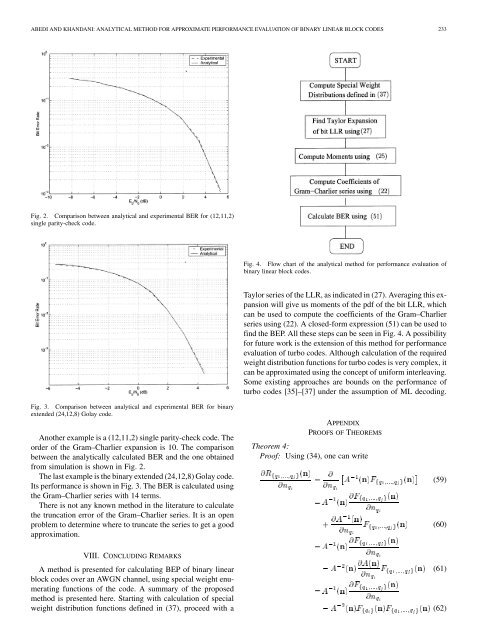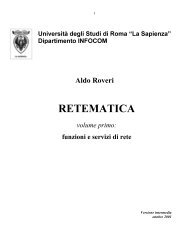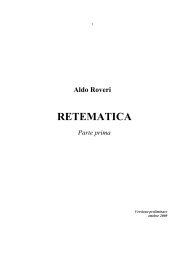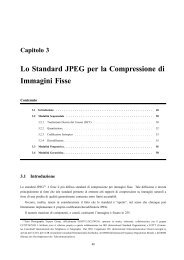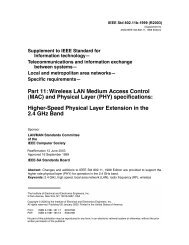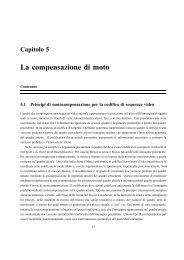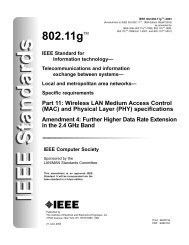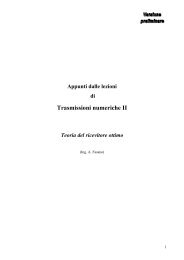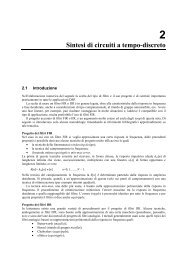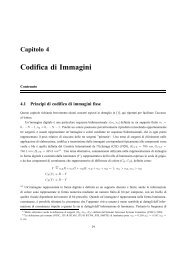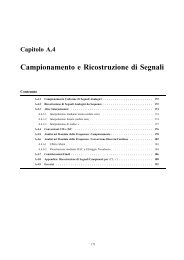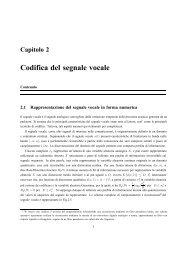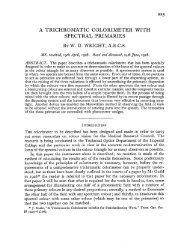An Analytical Method for Approximate Performance ... - IEEE Xplore
An Analytical Method for Approximate Performance ... - IEEE Xplore
An Analytical Method for Approximate Performance ... - IEEE Xplore
Create successful ePaper yourself
Turn your PDF publications into a flip-book with our unique Google optimized e-Paper software.
ABEDI AND KHANDANI: ANALYTICAL METHOD FOR APPROXIMATE PERFORMANCE EVALUATION OF BINARY LINEAR BLOCK CODES 233<br />
Fig. 2. Comparison between analytical and experimental BER <strong>for</strong> (12,11,2)<br />
single parity-check code.<br />
Fig. 3. Comparison between analytical and experimental BER <strong>for</strong> binary<br />
extended (24,12,8) Golay code.<br />
<strong>An</strong>other example is a (12,11,2) single parity-check code. The<br />
order of the Gram–Charlier expansion is 10. The comparison<br />
between the analytically calculated BER and the one obtained<br />
from simulation is shown in Fig. 2.<br />
The last example is the binary extended (24,12,8) Golay code.<br />
Its per<strong>for</strong>mance is shown in Fig. 3. The BER is calculated using<br />
the Gram–Charlier series with 14 terms.<br />
There is not any known method in the literature to calculate<br />
the truncation error of the Gram–Charlier series. It is an open<br />
problem to determine where to truncate the series to get a good<br />
approximation.<br />
VIII. CONCLUDING REMARKS<br />
A method is presented <strong>for</strong> calculating BEP of binary linear<br />
block codes over an AWGN channel, using special weight enumerating<br />
functions of the code. A summary of the proposed<br />
method is presented here. Starting with calculation of special<br />
weight distribution functions defined in (37), proceed with a<br />
Fig. 4. Flow chart of the analytical method <strong>for</strong> per<strong>for</strong>mance evaluation of<br />
binary linear block codes.<br />
Taylor series of the LLR, as indicated in (27). Averaging this expansion<br />
will give us moments of the pdf of the bit LLR, which<br />
can be used to compute the coefficients of the Gram–Charlier<br />
series using (22). A closed-<strong>for</strong>m expression (51) can be used to<br />
find the BEP. All these steps can be seen in Fig. 4. A possibility<br />
<strong>for</strong> future work is the extension of this method <strong>for</strong> per<strong>for</strong>mance<br />
evaluation of turbo codes. Although calculation of the required<br />
weight distribution functions <strong>for</strong> turbo codes is very complex, it<br />
can be approximated using the concept of uni<strong>for</strong>m interleaving.<br />
Some existing approaches are bounds on the per<strong>for</strong>mance of<br />
turbo codes [35]–[37] under the assumption of ML decoding.<br />
APPENDIX<br />
PROOFS OF THEOREMS<br />
Theorem 4:<br />
Proof: Using (34), one can write<br />
(59)<br />
(60)<br />
(61)<br />
(62)


